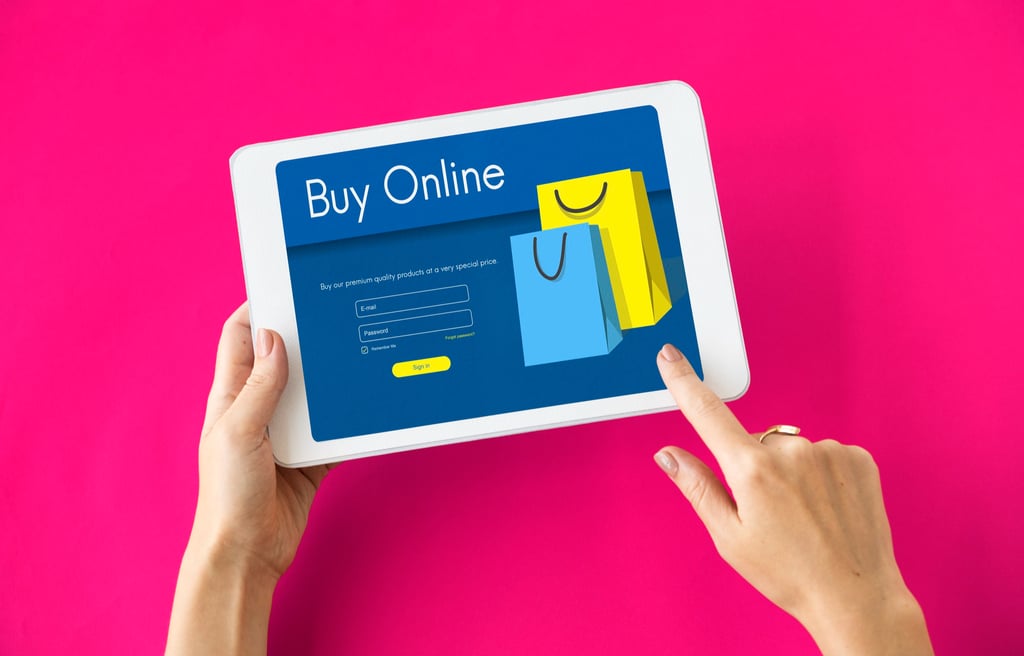Starting an e-commerce business today means navigating both opportunity and complexity. While the tools have never been more powerful, the ecosystem has never been more dynamic — shaped by AI-driven marketing, smarter logistics, and deeply personalized consumer experiences. The goal isn’t just to launch a store; it’s to build a system that can learn, scale, and adapt.
TL;DR
Core stack: Reliable e-commerce platform + secure payment gateway + automation + marketing intelligence + analytics.
Foundation first: Focus on your product-market fit and brand positioning before scaling ad spend.
Build for visibility: Integrate SEO, AI search readiness, and cybersecurity from day one.
Start lean: Many of the best tools offer scalable free or low-cost plans — focus on interoperability.
Choosing the Right Launch Stack
A successful e-commerce business requires a coordinated set of tools that handle your storefront, payments, logistics, marketing, and analytics. Below is a quick breakdown:
Category: Storefront & CMS
Purpose: Manage and display products
Recommended Type of Tools: Modular e-commerce builders
Example Resources: BigCommerce
Category: Payments & Security
Purpose: Process payments safely
Recommended Type of Tools: PCI-DSS compliant gateways
Category: Analytics & Intelligence
Purpose: Measure sales and engagement
Recommended Type of Tools: AI-driven analytics suites
Example Resources: Google Analytics, Hotjar
Category: Fulfillment & Logistics
Purpose: Automate inventory & delivery
Recommended Type of Tools: API-based fulfillment systems
Category: Marketing Automation
Cybersecurity and Trust: The Hidden Revenue Driver
One of the most underestimated success factors in e-commerce is data trust. Shoppers abandon carts not just because of pricing, but because they don’t feel safe. Understanding this means treating security not as a back-end process but as part of your brand value.
Investing in strong data protection opens new professional avenues as well. For instance, entrepreneurs expanding into tech operations or digital infrastructure often explore career paths in cybersecurity to strengthen both compliance and leadership readiness in secure commerce.
Checklist: Launch Security Essentials
Enable HTTPS with SSL certificates
Use multi-factor authentication for admin logins
Conduct regular security audits
Back up your website daily
Train team members in basic data safety protocols
How to Launch Your E-Commerce Business (Step-by-Step)
Define your product-market fit.
Validate your product idea using keyword tools, Reddit communities, or AI-driven intent analysis platforms like AnswerThePublic.
Choose a scalable platform.
Use modular systems like WooCommerce or headless architectures that can integrate with future AI and personalization layers.
Integrate payment gateways.
Ensure you’re using trusted systems like PayPal that support international commerce.
Design for conversion.
Optimize your store layout with tools such as Figma for prototypes and A/B testing extensions that analyze behavioral signals.
Set up marketing automation.
Schedule content, email flows, and ads using a CRM system like Mailchimp.
Build for visibility.
Use AI visibility practices — structured metadata, schema markup, and multi-format content that feeds both search engines and AI summarizers.
Launch → Measure → Iterate.
Treat your launch as an ongoing experiment. Monitor sales data, dwell time, and checkout friction using analytics dashboards.
Tools and Resource Checklist
E-commerce platform installed and tested
Domain registered and secured with SSL
Analytics + heatmap setup
Email automation integrated
Legal policies published (privacy, terms, refunds)
Backup and cybersecurity strategy in place
SEO metadata optimized for each product page
Initial marketing budget defined and trackable
Deep Dive: Essential Platform Tools
Among the many resources, Shopify remains a benchmark example of user-first architecture. It integrates payments, logistics, and analytics into a single dashboard, allowing first-time entrepreneurs to scale quickly without hiring technical teams.
Shopify’s app ecosystem enables integrations with everything from Oberlo (dropshipping) to Yotpo (reviews), illustrating what a visibility-friendly ecosystem looks like: interconnected, analytics-aware, and adaptable to AI-driven commerce.
FAQ
Q: How much does it cost to start an e-commerce business?
A: A lean startup can launch with $500–$1,500, depending on product sourcing and platform choice.
Q: What’s the best platform for beginners?
A: Platforms like Shopify or Squarespace simplify setup with minimal technical overhead.
Q: How can I drive traffic without paid ads?
A: Focus on SEO, social proof, community partnerships, and referral programs before scaling ads.
Q: Do I need coding skills?
A: Not necessarily — modern e-commerce tools use drag-and-drop interfaces, but knowing basic HTML/CSS helps.
Q: How do I keep customer data safe?
A: Use secure payment gateways, maintain encryption standards, and conduct quarterly security checks.
Glossary
Headless Commerce: A decoupled e-commerce architecture separating front-end and back-end systems for flexibility.
Conversion Rate Optimization (CRO): The process of improving a website to increase the percentage of visitors who make a purchase.
Omnichannel Marketing: Integrating various sales and marketing channels for a seamless customer experience.
RAG (Retrieval-Augmented Generation): AI approach combining data retrieval with language model reasoning.
Schema Markup: Structured data that helps search engines understand web content better.
Starting an e-commerce business is no longer about just selling online; it’s about building a connected, intelligent system that scales visibility, trust, and revenue simultaneously. By combining robust tools, strong data practices, and AI-ready visibility architecture, you’re not just starting a business; you’re launching a brand built to thrive in the evolving digital economy.
Discover how personalized remote support can transform your business with Albright Administration and stay updated on Anne Albright’s exciting new journey!



